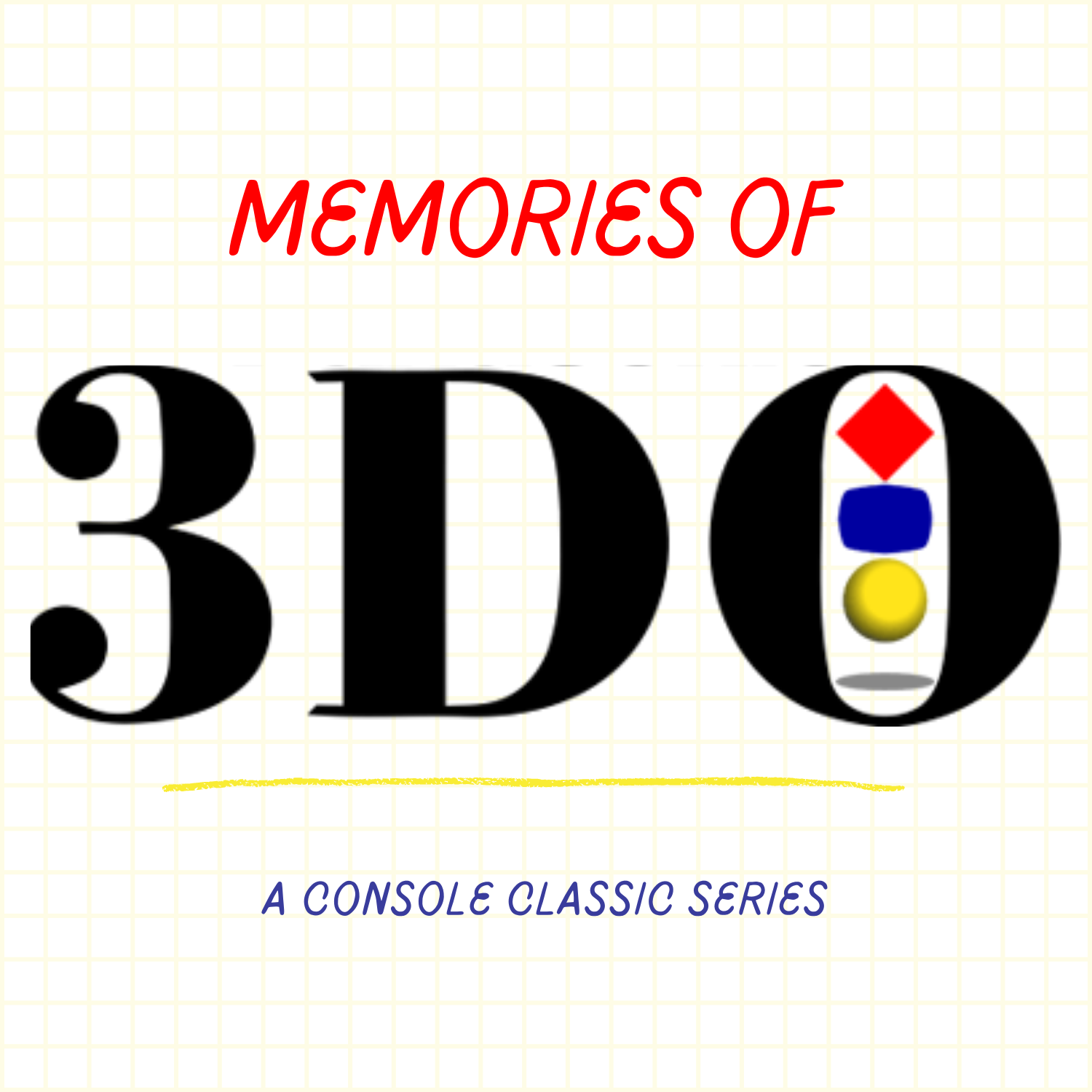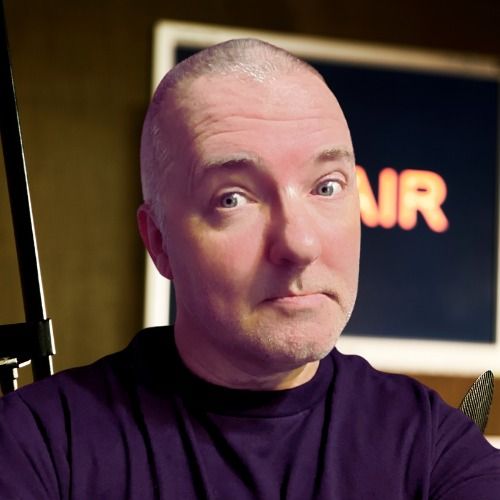The 3DO Hits America and Japan Awaits
Leading up to its North American launch in October 1993, while the 3DO still had problems (including a much-reduced launch line up due to developers getting to grips with the new hardware), excitement was still growing.
Multimedia was the future, as multiple video games and entertainment magazines were loudly screaming from their pages. News programmes were also talking about a future where a set-top box would be the hub of your entertainment set-up: from TV to movies, sports, videogames, and more. As such, 3DO was ideally placed to be at the forefront of this next wave.
However, as the months played down, it became clear that the launch wasn't going to be everything 3DO needed it to be. Because of the hardware and chips being used, the cost of the console was going to come in at an astronomical $700 (although manufacturers could set their own price, which would see a reduction soon after launch).
There was also only one game available, Crash 'n' Burn from Crystal Dynamics. While it wasn't a terrible game, it was in no way an example of the jaw-dropping graphics gamers had been promised in the months leading up to the launch.
However, Trip Hawkins and his partners were nothing if not savvy marketers, and they kept interest in the system piqued over the holiday period. Sneak peaks and trailers of the games to come looked to show 3DO owners they had made the right choice, as did upcoming accessories like the modem and expandable memory.
And there was also the bonus of a surprise success in an unexpected market...
Get involved:
My equipment:
- Electro-Voice RE320
- Motu M2 Audio Interface
- Denon DJ HP-1100 Over Ear Headphones
- Podcast Pro Boom Arm by Accu-Lite and O.C. White
Recommended resources:
This podcast uses the following third-party services for analysis:
Podtrac - https://analytics.podtrac.com/privacy-policy-gdrp
Transcript
You're listening to Memories of 3DO, a retrospective look at
Danny:a video games console classic.
Danny:To make sure you get the latest episode, hop on over to 3dopodcast.com/listen and
Danny:choose your preferred app to follow on.
Danny:And now this week's episode.
Danny:Leading up to its north American launch in October, 1993,
Danny:while the 3DO still had problems, including a much reduced launch
Danny:lineup due to developers getting to grips with the new hardware,
Danny:excitement was still growing.
Danny:Multimedia was the future as multiple video games and entertainment magazines
Danny:were loudly screaming from their pages.
Danny:News programs were also talking about a future where a set top box would
Danny:be the hub of your entertainment
Danny:set up - from TV to movies, sports, video games, and more.
Danny:As such 3DO was ideally placed to be at the forefront of this next wave.
Danny:However, as the months played down, it became clear that launch wasn't going
Danny:to be everything 3DO needed it to be.
Danny:Because of the hardware and the chips being used, the cost of the console was
Danny:going to come in at an astronomical $700.
Danny:Although manufacturers could set their own price, which would see
Danny:a reduction soon after launch.
Danny:There was also only one game available, Crash'n'Burn from Crystal Dynamics.
Danny:While it wasn't a terrible game as such, it was in no way an example
Danny:of the jaw-dropping graphics gamers had been promised in the
Danny:months leading up to the launch.
Danny:Additionally, due to manufacturing difficulties, Panasonic only managed
Danny:to ship 30,000 to stores across the U S which led to huge shortages and
Danny:disappointment from eager gamers.
Danny:However Trip Hawkins and his partners were nothing if not savvy marketers,
Danny:and they kept interest in a system peaked over the holiday period.
Danny:Sneak peaks and trailers of the games to come look to show 3DO owners
Danny:they had made the right choice as did upcoming accessories, like the modem,
Danny:expandable memory, and more If the launch in the US was disappointing, the
Danny:Japanese launch would make up for this.
Danny:Kind of.
Danny:While not the huge selling launches the likes of Sega and
Danny:Nintendo enjoyed with new systems.
Danny:70,000 units were shipped in Japan.
Danny:While the first hardware partner was Japanese, the 3DO company was still
Danny:very much an American piece of tech, which traditionally made it hard for
Danny:any non-Japanese hardware developer.
Danny:So 70,000 units was a pretty good achievement.
Danny:Indeed, thanks to the Japanese launch and game magazines raving about the likes
Danny:of Gundam Extreme and Full Boost, which satisfied Japanese gamers and the love
Danny:of battlemech games, north American fans saw a bright future, especially with
Danny:their love of the sport genre promising to be more than met by Electronic Arts.
Danny:In fact, TIME Magazine even went as far as naming it their Product of the Year for
Danny:1993 with a glowing reference that stated.
Danny:If you think you've seen graphics, wait until you've seen the jaw
Danny:dropping footage of the 3DO.
Danny:Despite the imminent releases of next generation machines from Sega,
Danny:Nintendo, and a new player in the market with Sony entering the fray,
Danny:it looked as if the hiccups of the launch were firmly behind the 3DO
Danny:and the marketplace was finally ready for this newcomer to shake things up.
Danny:In the next episode of Memories of 3DO, the games start flooding out,
Danny:the European launch, and a glimpse of a 64-bit future for the machine.


